Are Diamonds Really Rare? Shocking Facts Revealed…
Besides being known as the hardest substances on Earth, diamonds are also believed to be some of the rarest gemstones in the world.
But how rare are diamonds really? Is it purely an advertising hype to generate feverish demand for limited supplies so that dealers can sell them at premium prices? Is there any truth to rumors of huge, untapped supplies of diamond on Earth?
As it turns out, we have to look at this subject from more than one perspective in order to answer this question.
How They Form And How Are They Mined?
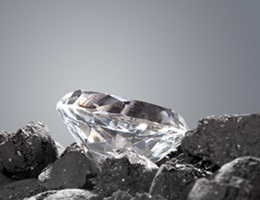
What’s the relationship between carbon and diamonds?
It is a popular belief that diamonds are formed from pieces of coal under high pressure and high temperature. Back when I was a kid, I clearly remember how Superman crushed a piece of coal in his hands and transformed it into a diamond instantly.
The truth is rather far from that and Hollywood is the main culprit to blame for such beliefs. In fact, most diamonds are older than Earth’s first plants and vegetation, which are the source of today’s coal.
The leading theory which is widely accepted by scientists and geologists is that diamonds were formed millions of years ago deep within the Earth’s mantle. They were later brought to the surface by violent volcanic eruptions and cataclysmic plate movements.
Geologists usually seek out the traces of these eruptions (called pipes) to survey spots where they could set up profitable diamond mines. Once a pipe is determined to have deposits that would be economically viable for extraction, the mining companies proceed to perform the mining using heavy equipment.
On average, the mining companies would have to sieve through thousands of tons of earth just to yield a single carat of diamond and it is the reason why mining is such a capital extensive venture.
Now, I’m going to go on record to say diamonds aren’t rare. In fact, CNN also released a report about a quadrillion tons of diamonds lying inside the Earth. So, you can be sure there’s plenty of them to go around without a lack of supply.
However, when we are talking about gem-quality diamonds that are suitable for jewelry use, these make up only a tiny percentage of all mined diamonds. Well then, what happens to the rest of the mined diamonds? Instead of finding their way into the jewelry industry, the majority of rough stones are actually used in different commercial industries and high tech applications.
What Are Cartels Like De Beers And Why Do We Need Them?
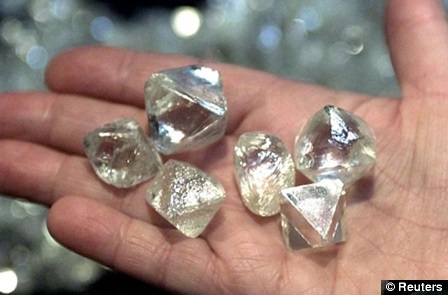
Huge rough diamonds of over 50 carats from Russia’s Yakutia mine. Credits: Reuters
Reading through the previous paragraph, some of you might have felt that every single diamond is truly “one in a million”. With all the advances in our technology, the burden of mining, cutting and marketing a carat of first-class diamond has been reduced drastically.
From an economic viewpoint, did you know that the current diamond supply far exceeds its demand? Exploration for new mines and sources like the asteroid crater in Russia and the secret stockpile of diamonds held by the Russians can severely undermine the industry if a flood of supply was to hit the market.
Currently, the production volume of rough stones is larger than what the general market needs. To avoid a huge influx of supply and declining prices, big corporations like De Beers play a huge role in shaping the diamond industry by controlling the distribution of uncut rough stones.
Unlike the past where the rough market was made of a single channel pipeline controlled solely by De Beers, new channels via Alrosa, Rio Tinto and independent diamond trading companies owned by Lev Leviev have emerged in recent times. Thanks to their combined “efforts” of releasing and controlling supply, the prices of diamonds are inadvertently kept stable and the market doesn’t become saturated.
With the implementation of smart marketing, the impression that diamonds are rare had also been etched into the minds of the public. I know this might sound contradictory. But, could you imagine a world where you could buy a two carat diamond for a hundred bucks – no one wants that, right?
How Long Will Diamonds Still be Valuable?
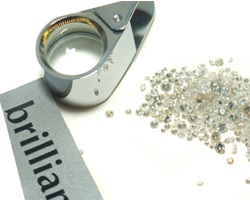
Sorting rough diamonds of various qualities.
The quest for producing precious metals and stones has been around for centuries. Even though we haven’t mastered the technology of producing synthetic gold on a commercial scale, we have recently reached a stage where we can produce synthetic diamonds.
Companies like IIa Technologies, the world’s largest CVD diamond producer based in Singapore and SCIO Technology have grown diamonds in their labs. These lab grown diamonds are almost impossible to differentiate from natural diamonds without the use of advanced analytical tools.
This raises a few interesting questions. Firstly, how can distributors guarantee that the diamond you buy is a natural gemstone which has been touched by the sweat of a dozen workers and extracted from the ground?
Second, how long can cartels like De Beers hold the front before synthetic and man-made alternatives inundate the market and wipe out the value which we place on diamonds?
These questions are impossible to answer today. Personally, I don’t think artificial diamonds will be such an invasive force that will kill off the market anytime soon. The costs of producing artificial diamonds are still very high because the technology isn’t ripe yet. More importantly, the mindsets of consumers are unanimous in the view that synthetics cannot replace the symbolism of natural diamonds as gifts of love.
What I do hope one day is that I will be able to call a few beautiful diamonds my own. And when I show them to people, I want to proudly say that these are beautiful creations of Mother Nature which had been shaped by Man’s hands.
Diamonds are interesting and dignified because we treat them as rarities and not because they are actually rare. Let that remain so for a few more decades.
Related Articles
Leave A Comment

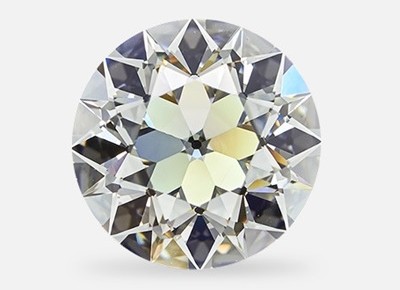

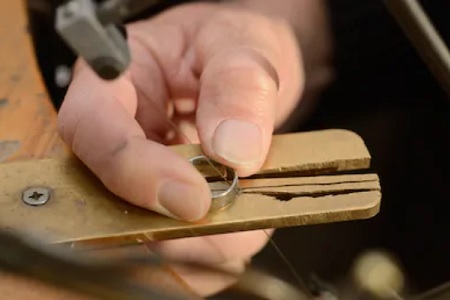
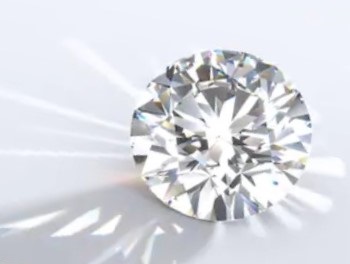









5 Comments
Surely a significant part of the cost is to do with the workmanship (no sexism intended), and the quality of that workmanship, which goes into shaping diamonds from their rough stones into beautiful works of art?
Even though the supply is greater than the demand, and Russia (or other diamond deposits) could destabilise the market, surely the hours it takes to create something as beautiful as a Victor Canera OEC or Cushion is worth the price tag?
…. and as a postscript: whilst I am happy to wear synthetic or simulated diamonds for a night out where I fear losing my jewellery, for things like my promise ring, engagement ring, wedding jewellery or black tie jewellery, I would much prefer that which the universe has created in the geophysical processes which formed the Earth… Just because, romance of it all… but then, I also love the romance and stories of actual antique cushion cuts too, so…
Thank you for your brilliant website.
If diamonds are worthless and have no intrinsic value, why are diamond prices so artificially high?
Let’s look at it this way. If you are walking down the street and you come across a pebble. Does the pebble have any value or is it worth any money? It probably doesn’t to you. In the same way, diamonds have no intrinsic value to you. Let’s change the scenario a little. Now, let’s imagine you know of a pebble collector and who is willing to pay you $10 for the pebble. Does that pebble you found on the floor have any intrinsic value or is it still worthless now? Diamond prices are artificially high because of the perspective that they are valuable. It’s much like Bitcoin or the paper money you have in your wallet. There is value because people think they have value and marketing plays a huge role in inflating a diamond’s worth.
I guess the question on most peoples’ mind is: how much diamond is there in the world? If there really is an unlimited supply and so easily accessible, they would be made worthless. The former De Beers CEO Nicky Oppenheimer once said that they were intrinsically worthless but through clever marketing, they manage to convince people that they are a scarce commodity. I even suspect that some of the media reports about the world running out of diamonds are actually paid articles to mislead people.
As someone in the industry, I’m not even sure what to believe or what the statistics are. But my opinion is that there are huge amounts of diamonds available. It’s the gem quality amounts that aren’t so readily available and when I mean gem quality, I refer to those in the D-K color range and IF-SI2 clarity range. Even if there are conspiracies, I’m far too low in the chain to be sure or know anything. Who’s right? The scientists? The economists? The diamond producers? Time will tell…